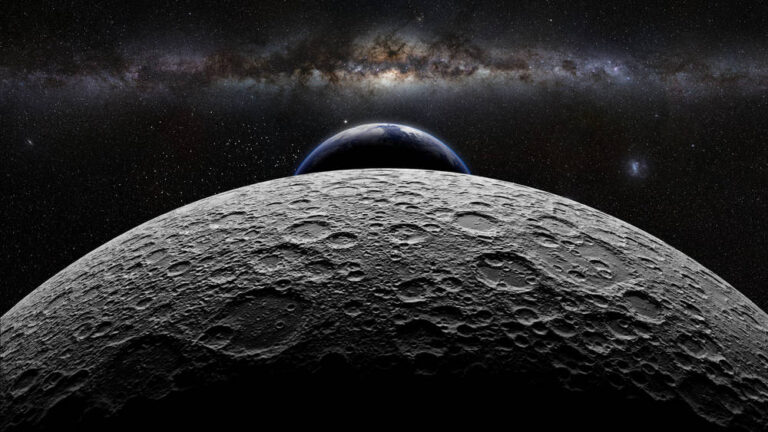Just days after China’s lunar probe Chang’e-6 landed on the far side of the moon, state media reported that the probe will return with samples.
The probe, the first spacecraft to land on this part of the moon, touched down on Sunday after launching on May 3. It had a short two-day mission to use its drill and robotic arm to collect and return samples to Earth.
The spacecraft’s ascent section is currently scheduled to lift off from the lunar surface, dock with the orbiter, and then return home. If all goes well, the samples will be available to researchers in late June.
The total duration of the mission is scheduled for 53 days.
China has already taken samples from the near side of the moon, having landed the Chang’e 5 probe on the lunar surface in 2020. The more rugged far side of the moon is considered a much more difficult task, as it is not visible from Earth. A communications satellite, in this case China’s Queqiao 2, would be needed to send messages back to Earth.
Chang’e-5 took 22 hours to collect samples, but because positioning limits the communication time of relay satellites, Chang’e-6’s time was reduced to about 14 hours.
This meant that the collection process had to be efficient and execute instructions and decisions autonomously, so as not to waste time making phone calls to Earth. According to Chinese media, 400 instructions were sent during the sample collection process for Chang’e-6, compared with 1,000 for Chang’e-5.
The sample was taken from the relatively flat SPA Basin, the oldest and largest impact crater on the Moon, which scientists hope to study further, as they speculate that an impact about 4 billion years ago may have erupted material from its depths that could provide insight into the geological evolution of the body.
China has said it will share access to scientific data and samples with the international community, depending on partnerships and applications.

